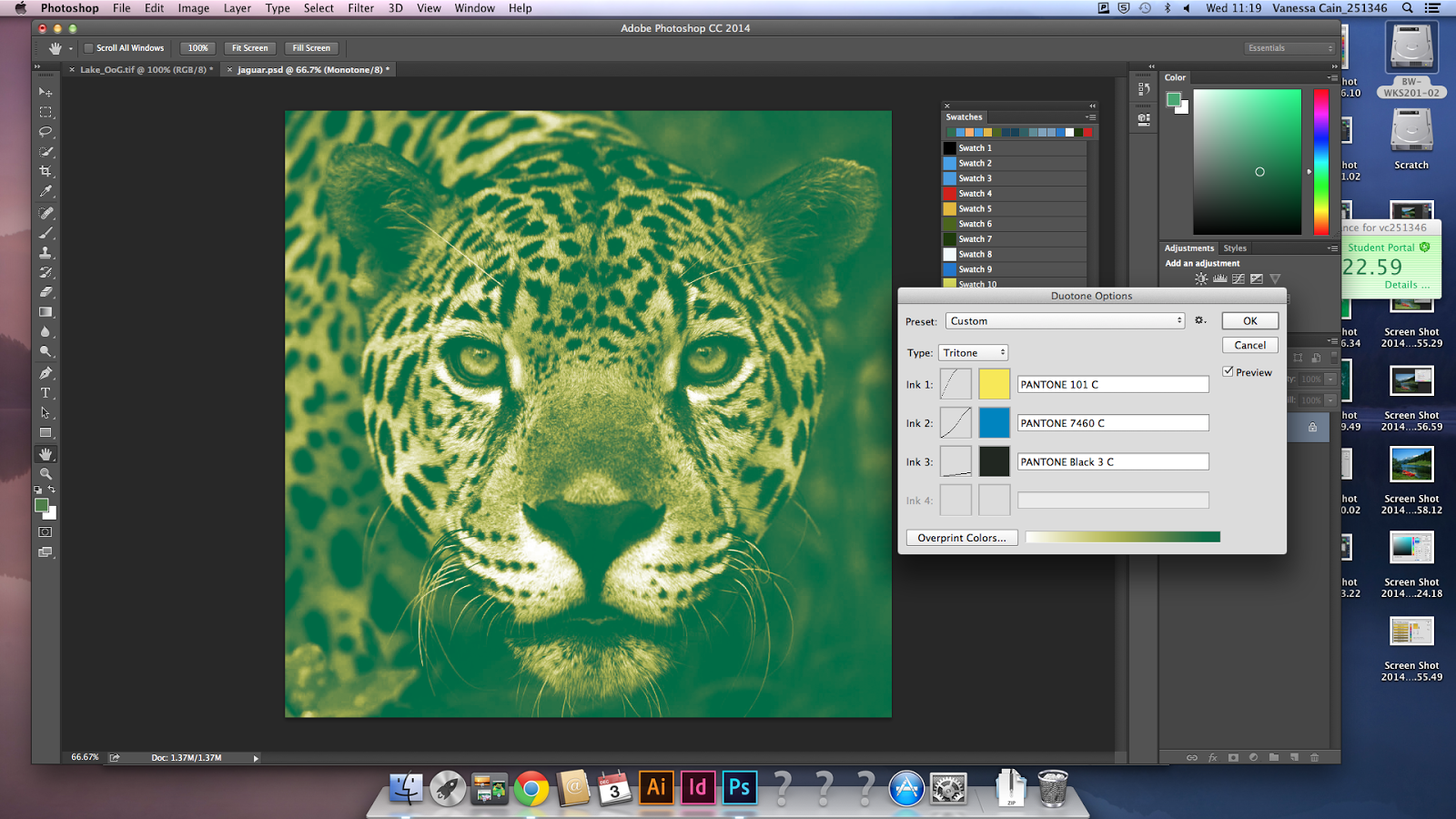I feel my time management and commitment to the course has developed, as well as my ability to quickly work up designs within a studio environment. I think this is because I am much more confident with the adobe software, and I have stopped worrying about what anyone thinks. This first semester of study I feel I my idea generation processes has grown, creating insightful, and established responses/concepts to design challenges.
I struggled most with the web brief. The purpose of this brief was to design a multi-page website that effectively informs a user about the interesting and informative facts, figures, observations and visual content that you have discovered within the summer brief. Over summer I travelled to Hong Kong and was inspired by these sacred spaces I visited, which is why my website is based on Sacred Geometry and Architecture. Sacred Geometry involves a sacred universal patterns used in design of everything in our reality, most often seen in sacred architecture and art. The basic belief is that geometry and mathematical ratios, divine proportions (golden ration) etc. As a designer, I felt it was important to have an awareness and draw inspiration from ancient design.
To this day, I feel like I didn't showed my full potential with the web brief, I think this is due to the fact we were unable to code and make our websites live. This was due to circumstances out of my control. However, I did learn a lot about about web safe colours and html & css, as well as the restrictions when designing for web. In the the future I would like to revisit/teach myself to code.
Also, the way I approach a project has changed, I find I a lot efficient and quicker at making decisions. I have found that my final outcomes are a lot more conceptual than last year, especially when considering industry, culture and audience. I feel I design for the audience, instead of what I think looks good. I also consider media, format, methods and communication a lot more.
I have started appreciating grids especially when designing for screen and print, I find they are a really useful tool, in creating visually pleasing design.
The Augmented Reality brief. There were time limitations with this brief, as we only had a week to print our work when the print room was fully booked. However, I managed to get into drop in for digital print as well as screen-print. Giving myself a lot of work to do and trying to complete it as best as I can, it’s amazing what you can accomplish within a week by focusing and committing fully.
Overall, I have pleased how the module has gone, I feel I have developed a lot as a designer and I am looking forward to the rest of the year.




















































